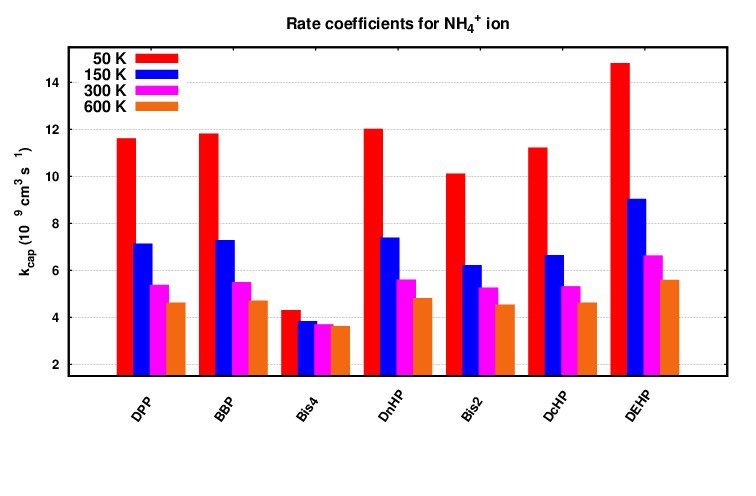These computed molecular parameters, including dipole moment, polarizability, proton affinity, and ionization energy of volatile organic compounds (VOCs), are crucial for the identification and quantification of VOCs in chemical ionization mass spectrometry. These parameters are determined using Density Functional Theory Read more…
SIFT-MS Analytic Method These Direct Injection Mass Spectrometry (DIMS) techniques rely on calibrating instruments using standards with known concentrations and protonated ion signals. Although the most accurate analysis requires calibrating the instrument for each volatile organic compound (VOC) in a Read more…
Frontiers in Chemical Ionization Mass Spectrometry: Top Journals for Cutting-Edge Research
Chemical ionization mass spectrometry (CI-MS) is a technique used to analyze the mass and structure of molecules by generating ions through chemical reactions rather than through direct ionization. Here’s an overview of the method, its applications, and current research: Method: Read more…
Introduction Chemical ionisation mass spectrometry (CI-MS) is a powerful analytical technique used to identify and quantify the composition of chemical compounds. In CI-MS, ion-molecule reactions play a crucial role in the formation of ions that are subsequently detected and analyzed. Read more…
Proton Transfer Reaction Mass Spectrometry: Analyzing Volatile Organic Compounds in Food Science
Introduction Proton Transfer Reaction Mass Spectrometry (PTR-MS) is a powerful analytical technique that has gained significant attention in the field of food science. It allows for the rapid and non-destructive analysis of volatile organic compounds (VOCs) in various food samples. Read more…
Unveiling the Veil of Volatile Organic Compounds: Cork Taint in Wine and Beverages Wine connoisseurs savor the intricate flavors and aromas that dance on their palate with each sip. Yet, amidst the symphony of sensations, there lies a potential spoiler Read more…






